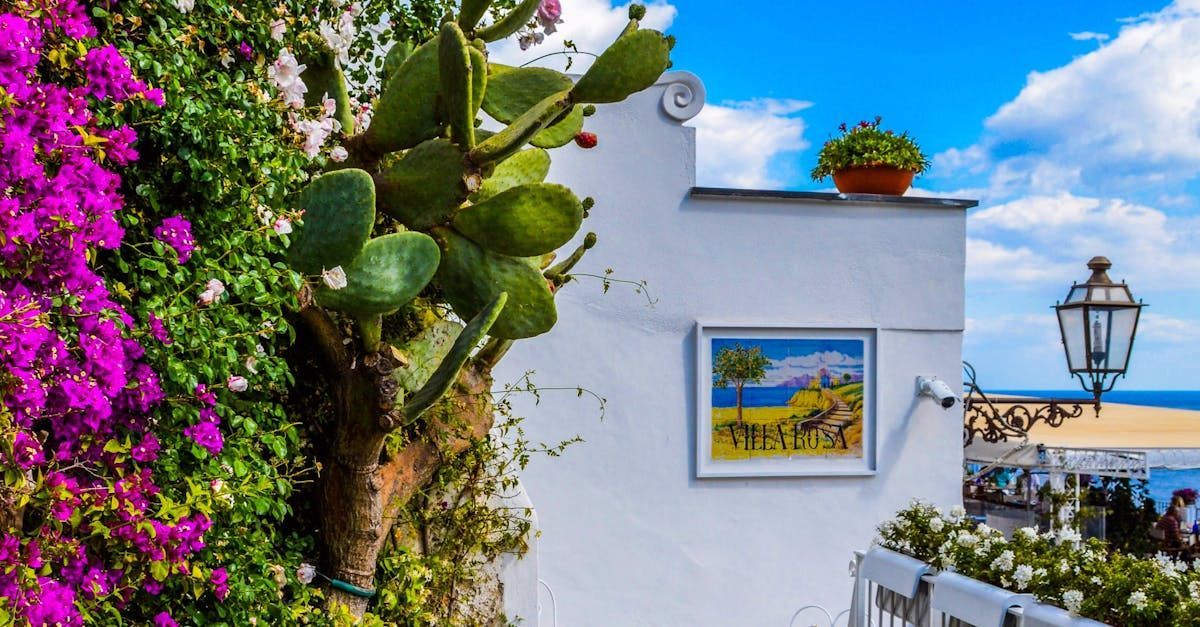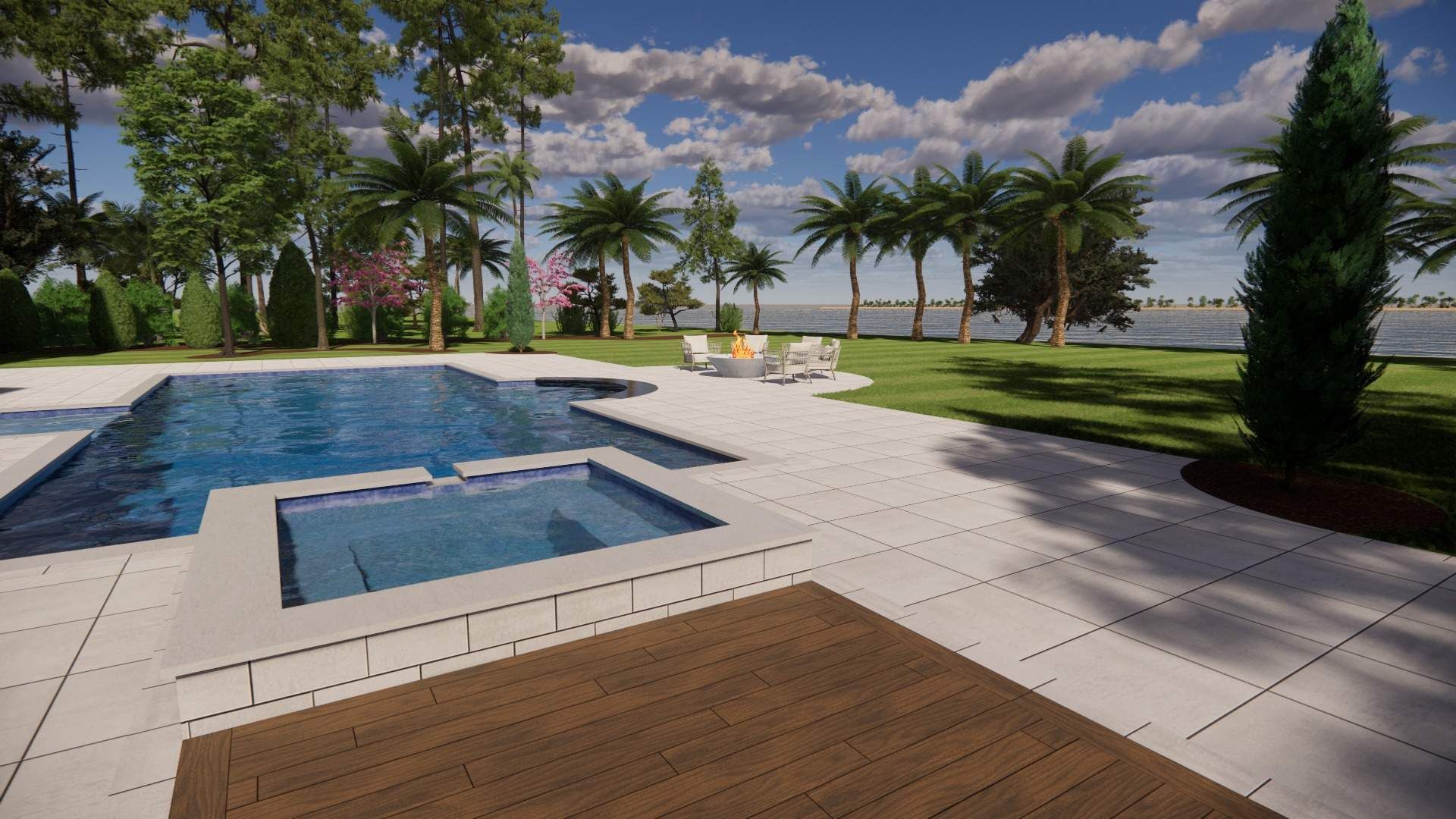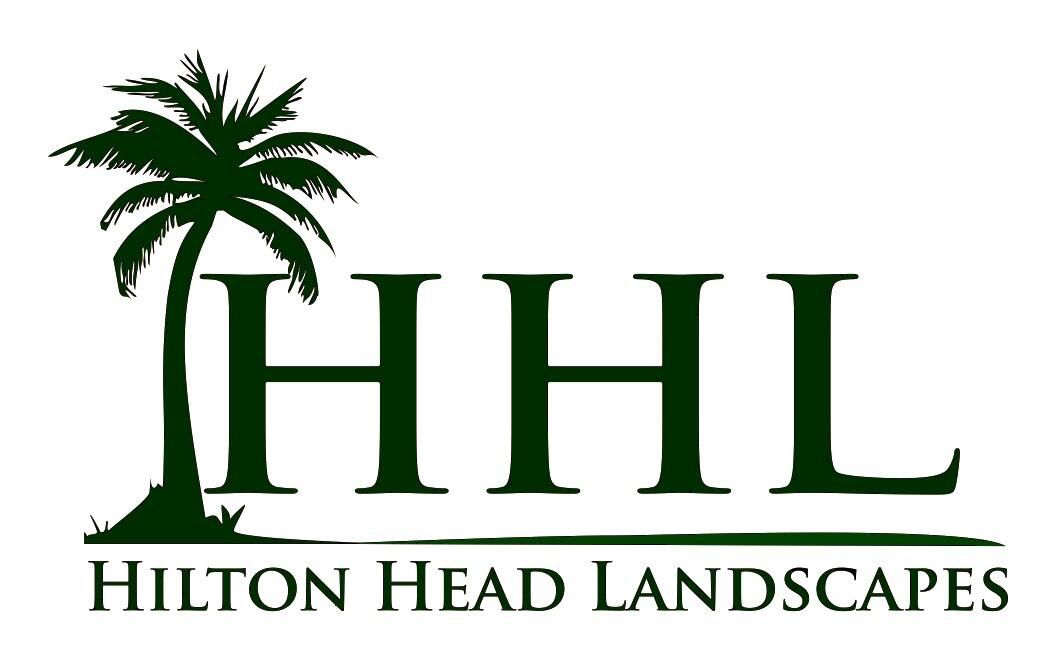Sustainable Landscape Architecture: A Guide for Hilton Head Island
Sustainable landscape architecture is a design approach that creates environmentally friendly and resource-efficient outdoor spaces. On Hilton Head Island, this practice is becoming increasingly important as residents and businesses seek to balance beauty with ecological responsibility. This will explore how sustainable landscape architecture can be implemented in our unique coastal environment.
Key takeaways:
- Native plants are essential for sustainable landscapes on Hilton Head Island
- Water conservation techniques are crucial in our coastal climate
- Permeable hardscaping helps manage stormwater runoff
- Sustainable materials reduce environmental impact
- Wildlife habitats can be incorporated into landscape designs
- Energy-efficient lighting enhances sustainability in outdoor spaces
Understanding sustainable landscape architecture
Sustainable landscape architecture is about creating outdoor spaces that work in harmony with nature. On Hilton Head Island, this means designing landscapes that can withstand our subtropical climate, frequent storms, and coastal conditions while minimizing environmental impact.
The importance of native plants
Using native plants is a cornerstone of sustainable landscape architecture on Hilton Head Island. Plants like sea oats, yaupon holly, and sweetgrass are adapted to our local conditions and require less water and maintenance than non-native species.
Water conservation strategies
In our coastal environment, water conservation is critical. Sustainable landscape architecture incorporates techniques like rainwater harvesting, drought-tolerant plantings, and efficient irrigation systems to reduce water usage.
Implementing sustainable hardscaping
Hardscaping elements like patios, walkways, and retaining walls can be designed with sustainability in mind. On Hilton Head Island, this often means using permeable materials that allow rainwater to seep into the ground, reducing runoff and erosion.
Permeable paving options
There are several permeable paving options suitable for Hilton Head Island's climate:
- Permeable concrete
- Porous asphalt
- Interlocking pavers with gravel-filled joints
- Grass pavers
These materials allow water to filter through, replenishing groundwater and reducing the burden on stormwater systems.
Sustainable materials in landscape design
Choosing sustainable materials is crucial for environmentally responsible landscape architecture. On Hilton Head Island, this might include using reclaimed wood for decking, recycled plastic for outdoor furniture, or locally sourced stone for hardscaping elements.
Recycled and upcycled materials
Incorporating recycled and upcycled materials into landscape designs is a creative way to reduce waste and add unique character to outdoor spaces. Old boats can become planters, driftwood can be used for edging, and recycled glass can be incorporated into decorative elements.
Creating wildlife-friendly landscapes
Sustainable landscape architecture on Hilton Head Island should consider the needs of local wildlife. Designing spaces that provide food, water, and shelter for birds, butterflies, and other creatures helps support our island's biodiversity.
Butterfly gardens
Creating a butterfly garden is a popular way to support local wildlife. Plants like milkweed, lantana, and fennel attract butterflies and provide habitat for their larvae.
Energy-efficient outdoor lighting
Sustainable landscape architecture includes thoughtful lighting design. On Hilton Head Island, where sea turtle nesting is a concern, it's especially important to use lighting that minimizes impact on wildlife while still providing safety and ambiance.
Solar-powered lighting options
Solar-powered lights are an excellent choice for sustainable landscapes on Hilton Head Island. They harness our abundant sunlight and don't require electrical wiring, making them both eco-friendly and cost-effective.
Stormwater management in landscape design
Given Hilton Head Island's susceptibility to heavy rains and tropical storms, effective stormwater management is a crucial aspect of sustainable landscape architecture.
Rain gardens
Rain gardens are shallow depressions planted with native species that can tolerate both wet and dry conditions. They help filter pollutants from runoff and reduce the amount of water entering storm drains.
Sustainable lawn alternatives
Traditional lawns require significant water and maintenance. Sustainable landscape architecture on Hilton Head Island often incorporates alternatives that are better suited to our climate and require less upkeep.
Native groundcovers
Native groundcovers like Beach Elder or Sunshine mimosa can replace large areas of turf, providing a low-maintenance, drought-tolerant alternative to traditional lawns.
Vertical gardening for small spaces
Many properties on Hilton Head Island have limited space for landscaping. Vertical gardening techniques can maximize green space in small areas while contributing to sustainability goals.
Living walls
Living walls, or vertical gardens, can be installed on building facades or freestanding structures. They provide insulation, improve air quality, and create visual interest in compact spaces.
Sustainable irrigation systems
Efficient irrigation is key to sustainable landscape architecture, especially in our warm climate. Smart irrigation systems that adjust watering based on weather conditions and soil moisture can significantly reduce water waste.
Drip irrigation
Drip irrigation delivers water directly to plant roots, minimizing evaporation and runoff. It's an excellent choice for garden beds and container plantings on Hilton Head Island.
Composting and soil health
Healthy soil is the foundation of a sustainable landscape. Composting yard waste and kitchen scraps creates nutrient-rich soil amendments, reducing the need for chemical fertilizers.
Vermicomposting
Vermicomposting, or worm composting, is a great option for small spaces. It produces high-quality compost that's perfect for container gardens and raised beds.
Sustainable landscape maintenance practices
Maintaining a sustainable landscape requires ongoing care that minimizes environmental impact. This includes using manual or electric tools instead of gas-powered equipment, practicing integrated pest management, and avoiding harmful chemicals.
Organic pest control methods
Using organic pest control methods, such as introducing beneficial insects or applying neem oil, helps maintain a healthy ecosystem in your landscape without resorting to harmful pesticides.
Incorporating edible landscapes
Edible landscaping combines ornamental and food-producing plants, creating beautiful spaces that also provide fresh produce. On Hilton Head Island, citrus trees, herbs, and some vegetables can thrive in the right conditions.
Herb spirals
Herb spirals are an attractive and space-efficient way to grow a variety of culinary herbs. They create different microclimates, allowing you to grow herbs with varying sun and moisture needs in a single structure.
Sustainable water features
Water features can be designed with sustainability in mind. Recirculating fountains or ponds that use native aquatic plants for filtration can add beauty to a landscape while supporting local ecosystems.
Bog gardens
Bog gardens are a type of water feature that mimics natural wetlands. They can be used to filter greywater or manage excess rainwater while providing habitat for native plants and animals.
Climate-responsive design
Sustainable landscape architecture on Hilton Head Island must account for our unique climate. This includes designing for shade in summer, wind protection in winter, and resilience to coastal storms.
Strategic tree placement
Planting deciduous trees on the south and west sides of buildings can provide shade in summer while allowing sunlight to warm structures in winter, reducing energy costs year-round.
Sustainable landscape architecture for commercial properties
Commercial properties on Hilton Head Island can benefit from sustainable landscape architecture, creating attractive outdoor spaces that also demonstrate environmental responsibility.
Green roofs
Green roofs can be an excellent sustainable feature for commercial buildings. They provide insulation, reduce stormwater runoff, and create additional usable outdoor space.
Sustainable landscapes for resorts and golf courses
Resorts and golf courses are significant features of Hilton Head Island's landscape. Implementing sustainable practices in these large-scale landscapes can have a substantial positive impact on our local environment.
Native grass fairways
Using native grasses for golf course fairways can reduce water and chemical use while providing a unique playing experience that reflects our local ecosystem.
Balancing aesthetics and sustainability
One challenge in sustainable landscape architecture is creating spaces that are both beautiful and environmentally responsible. On Hilton Head Island, this often means finding ways to incorporate our natural coastal beauty into designed landscapes.
Naturalistic design approaches
Naturalistic design mimics the patterns and processes of nature. This approach can create stunning landscapes that require less maintenance and resources than more formal designs.

The role of technology in sustainable landscape architecture
Technology is playing an increasingly important role in sustainable landscape architecture. From 3D modeling software that helps visualize designs to smart irrigation systems that optimize water use, technology can enhance both the design process and the ongoing management of sustainable landscapes.
Remote sensing for landscape management
Remote sensing technologies can be used to monitor large landscapes, detecting issues like pest infestations or irrigation problems before they become severe.
Educating clients about sustainable landscape architecture
As landscape professionals on Hilton Head Island, it's important to educate clients about the benefits and practices of sustainable landscape architecture. This can help increase demand for sustainable designs and ensure that these landscapes are properly maintained.
Demonstration gardens
Creating demonstration gardens that showcase sustainable practices can be an effective way to educate clients and the public about sustainable landscape architecture.
The future of sustainable landscape architecture on Hilton Head Island
As climate change continues to impact our coastal environment, sustainable landscape architecture will become increasingly important on Hilton Head Island. Future trends may include more emphasis on resilient designs that can withstand sea-level rise and increased storm activity.
Coastal resilience strategies
Incorporating coastal resilience strategies into landscape designs, such as using plants that can tolerate occasional saltwater inundation, will be crucial for the long-term sustainability of our island landscapes.
- Key elements of a sustainable landscape on Hilton Head Island:
- Use of native, drought-tolerant plants
- Efficient irrigation systems
- Permeable hardscaping materials
- Rainwater harvesting systems
- Wildlife-friendly features
- Energy-efficient outdoor lighting
- Composting and natural soil amendments
- Climate-responsive design elements
Source
- Sustainable landscape architecture is an essential practice in creating eco-friendly outdoor spaces. Here are some effective strategies:
- Use of Native Plants: Incorporating native plants in landscape design reduces the need for watering and fertilizing. According to the American Society of Landscape Architects, native plants require less maintenance and are more resilient to local climate conditions. Source
- Water Conservation: Collecting and storing rainwater is an effective strategy for water conservation. The National Recreation and Park Association reports that rainwater harvesting can reduce water usage by up to 50%. Source
- Permeable Surfaces: Permeable surfaces, such as permeable concrete or porous pavement, allow rainwater to seep through and recharge groundwater. The Environmental Protection Agency states that permeable surfaces can reduce stormwater runoff by up to 50%. Source
- Use of Renewable Materials: Using renewable materials, such as bamboo or reclaimed wood, in landscape design reduces the carbon footprint. The American Society of Landscape Architects reports that using renewable materials in landscape design can reduce the carbon footprint by up to 50%. Source
- Integration of Green Spaces: Integrating green spaces, such as rooftop gardens or green walls, in urban areas can help reduce the urban heat island effect and improve air quality. The United States Department of Energy reports that urban green spaces can reduce energy consumption by up to 10%.
Sustainable landscape architecture on Hilton Head Island is not just a trend, but a necessary approach to preserving our beautiful coastal environment while creating functional and attractive outdoor spaces. By incorporating native plants, water-wise design, and environmentally friendly materials, we can create landscapes that are both stunning and sustainable.
As we face the challenges of climate change and increased development pressure, sustainable landscape architecture will play a crucial role in maintaining the natural beauty and ecological health of our island paradise. For more information, you can visit our website or contact us.



